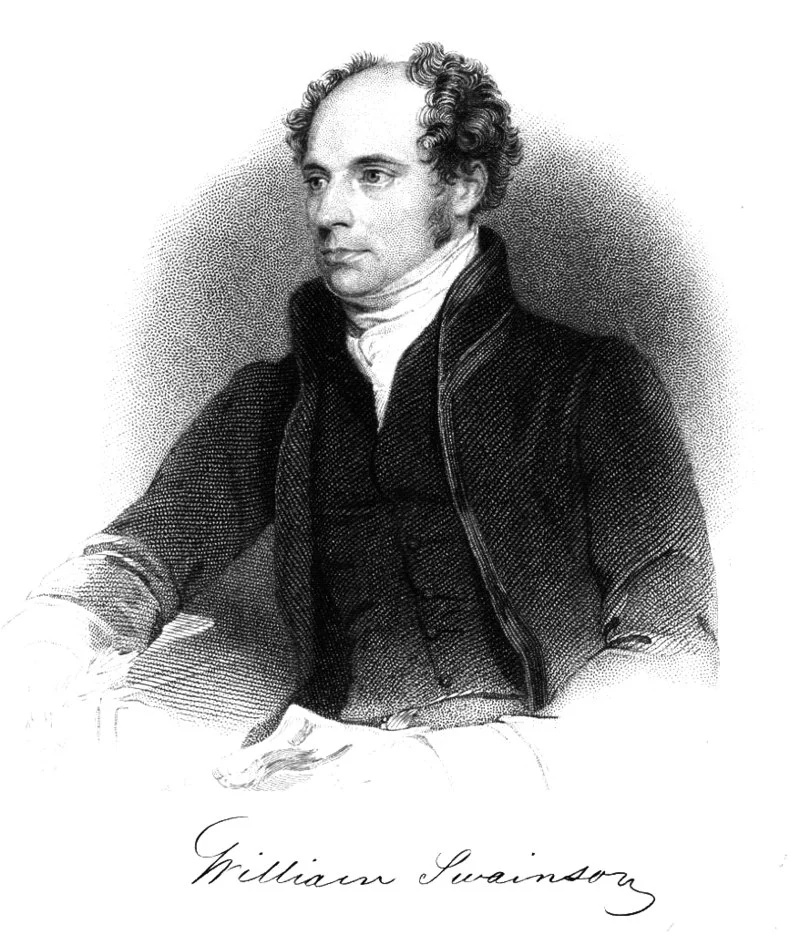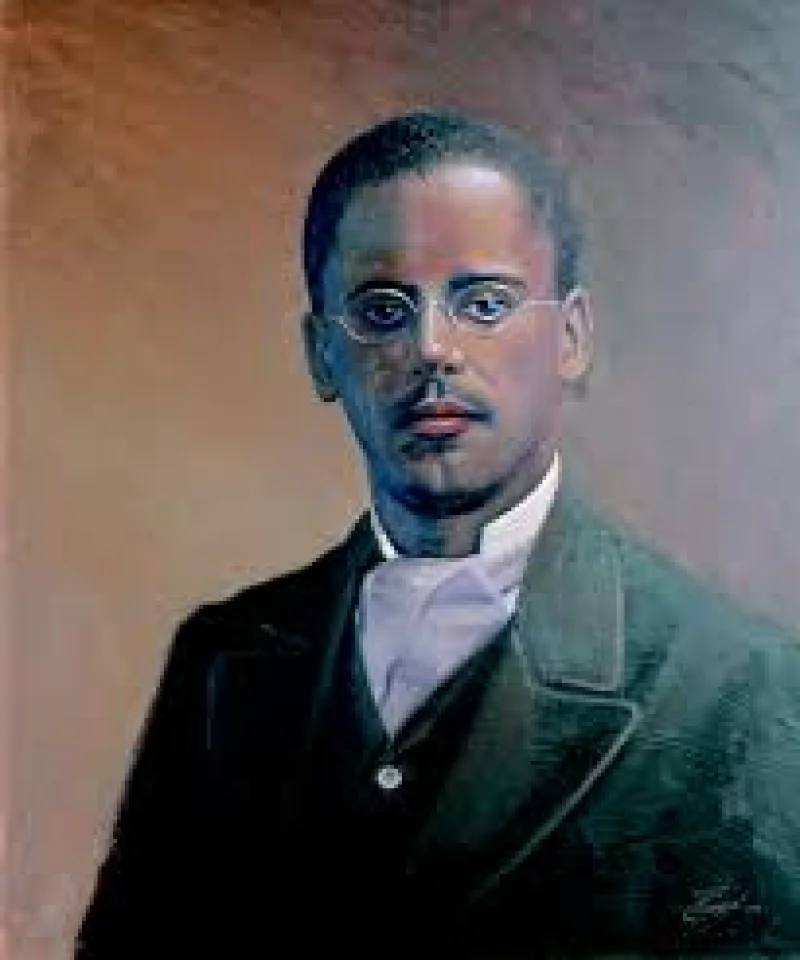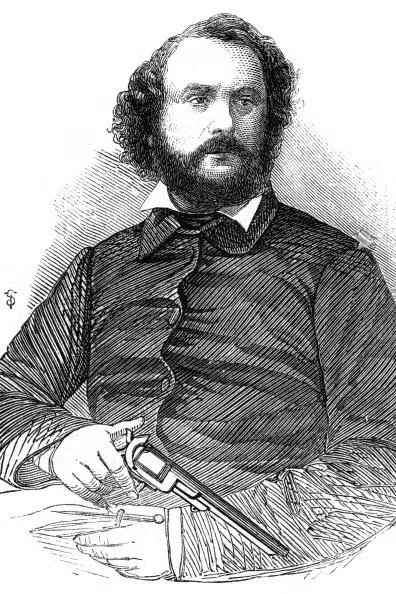Short Summary
William John Swainson was a renowned English ornithologist, malacologist, and artist, celebrated for his pioneering contributions to the field of zoological illustration. He is best known for popularizing the use of lithography in producing detailed and accurate depictions of natural history subjects. His work significantly advanced the study and documentation of birds and mollusks. Swainson's legacy endures through his influence on the methods of scientific illustration and taxonomy.
Early Life & Education
William John Swainson was born on October 8, 1789, in Liverpool, England, into a family with a keen interest in natural history. His father, John Timothy Swainson, was an original member of the Linnean Society, which exposed William to the world of scientific study from an early age. Swainson's education was primarily self-directed, with a focus on natural history and art. The family's relocation to New Zealand in his later years further fueled his passion for the natural sciences. His early exposure to and fascination with the natural world laid the foundation for his future career as a naturalist and illustrator.
Career Highlights
Swainson's career began with his service in the Army Commissariat, which took him to Malta and Sicily, providing him opportunities to study local flora and fauna. He became a Fellow of the Linnean Society in London in 1815, which was a significant milestone in his career. Swainson's use of lithography to create natural history illustrations was revolutionary, allowing for more detailed and accurate representations of animals and plants. He published several influential works, including "Zoological Illustrations" and "A Treatise on the Geography and Classification of Animals." His contributions to taxonomy, particularly in ornithology and malacology, were substantial, with numerous species named in his honor.
Major Achievements
- Popularized lithography in scientific illustration, revolutionizing how natural history subjects were depicted.
- Authored several influential publications, such as "Zoological Illustrations," which advanced the study of ornithology and malacology.
- Became a Fellow of the Linnean Society, contributing significantly to the field of natural history.
- Described numerous new species, enhancing the scientific understanding of biodiversity.
- His work influenced future generations of naturalists and illustrators.
Famous Quotes
- "Nature never says one thing and wisdom another."
- "The more we study the harmony and grandeur of the natural world, the more we are led to admire its perfection."
Interesting Facts
- Swainson's illustrations are still studied and admired for their accuracy and artistic quality.
- He emigrated to New Zealand in 1841, where he continued his studies in natural history.
- Several species, including Swainson's Thrush, are named in his honor.
- He was one of the first to use lithography for scientific purposes.
- Despite his contributions, Swainson faced financial difficulties later in life.
Legacy / Influence
William John Swainson's legacy endures through his pioneering use of lithography in scientific illustration, which transformed the documentation of natural history subjects. His contributions to taxonomy, particularly in ornithology and malacology, have had a lasting impact, with many species bearing his name. Swainson's work continues to influence modern scientific illustration and taxonomy, inspiring generations of naturalists and artists to pursue the study and portrayal of the natural world.
FAQ
Q: Why is William John Swainson famous?
A: He is famous for his pioneering use of lithography in scientific illustration and his significant contributions to ornithology and malacology.
Q: What were Swainson's major works?
A: His major works include "Zoological Illustrations" and "A Treatise on the Geography and Classification of Animals."
Q: Did Swainson name any species?
A: Yes, Swainson described numerous new species, contributing greatly to the field of taxonomy.
Q: Where did Swainson spend his later years?
A: He emigrated to New Zealand, where he continued his studies in natural history.













